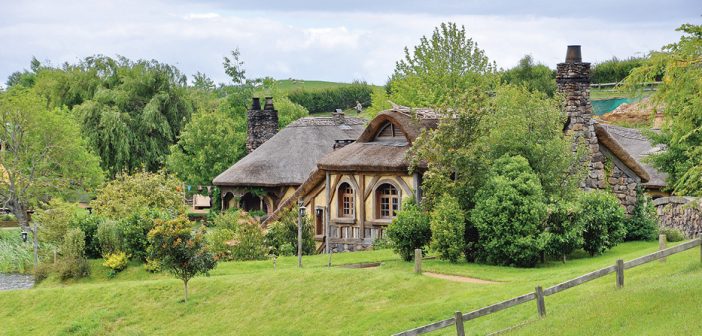The jobs of more than 12,000 people are at risk from funding cuts by Waikato local authorities in the tourism sector.
As Hamilton and Waikato Tourism chief executive Nicola Greenwell completes her reporting round of six council funders – including a presentation at Waipā District Council’s finance and corporate committee late last month – alarm bells are ringing.
Hamilton, Waikato, Waitomo and Waipā have all signalled they will slash funding from July 1 as they grapple with balancing the books in the most testing environment for local authorities in decades.
Matamata-Piako will stay firm while Ōtorohanga has yet to decide.
In a swipe at the short sightedness of the decision, Hamilton and Waikato Tourism chair Richard Leggat said the 43 per cent across the board funding cut would make the organisation’s work “untenable”.
“Tourism directly employs more than 12,000 people across the region and is a key contributor to the region’s GDP, providing $1.9 billion in visitor spending every year.
“It provides jobs, enriches culture and provides community vibrancy through its support for cafes, restaurants, hospitality venues and events in our city and towns,” he said.
The regional tourism organisation’s role is to increase international and domestic leisure and business travel, lead destination management, marketing, business events and conventions.
Its funding comes from tourism operators and local authorities.
Waikato has the fifth highest share at 6.3 per cent of the lucrative tourism market having such attractions as Waitomo Caves, Hobbiton, Sanctuary Mountain Maungatautari, Hamilton Gardens, Te Awa River Ride and Raglan.
It also hosts nearly 10 per cent of New Zealand’s business events attracting about 95,000 delegates a year.
“Tourism is a real asset to our region and the benefits it brings suggest council investment in our regional tourism organisation pays for itself many times over,” said Leggat.
The continued investment in the regional tourism organisation should be viewed not only as an investment in an organisation, but in the social, cultural, environmental and economic wellbeing of our communities. The hundreds of local jobs and hundreds of millions of dollars spent by visitors make continued investment a no-brainer.”
Support for a funding rethink came from Hobbiton’s Russell Alexander, Nick Andreef of Waitomo Adventures and Helen Somerville from Sanctuary Mountain who all point to an impressive post-Covid recovery.
Pulling funding would jeopardise that growth like it did in 2006 when Hamilton and Waikato Tourism’s predecessor closed.
Visitor numbers, spend, bed nights and employment all suffered for five years before the organisation’s revival in 2011.
Greenwell told Waipā district councillors her organisation worked on 17 regional conference bids in the last six months: winning four and losing six. A lack of higher end and overall accommodation availability was a factor behind the lost bids.
Working alongside Tourism New Zealand, Hamilton and Waikato Tourism was bidding for an international conference which would bring 250 academics from around the world to the Waikato.
Summer data was not available yet, but operators were reporting record, or near record, visits.
“We hear of some operators being fully booked, with the overflow benefitting neighbouring smaller operators. Visitors from USA and Australia are the larger component of international manuhiri; with great domestic visitation also occurring,” she said.
Hamilton and Waikato Tourism wants people to “stand up” for tourism when local authorities open consultation on their annual and long term plans.
“Now is the time for people to stand up for tourism, events and hospitality sectors and the multitude of flow on benefits they provide to Waikato communities. We will continue fighting hard for our sector – there’s too much at risk not to,” said Leggat.
See: Industry in danger

Lynette Smith, centre, with Japanese students she hosted at her Tamahere lifestyle property, poses for a photo at the Rural Tours pick up in Cambridge. Photo: Supplied.











